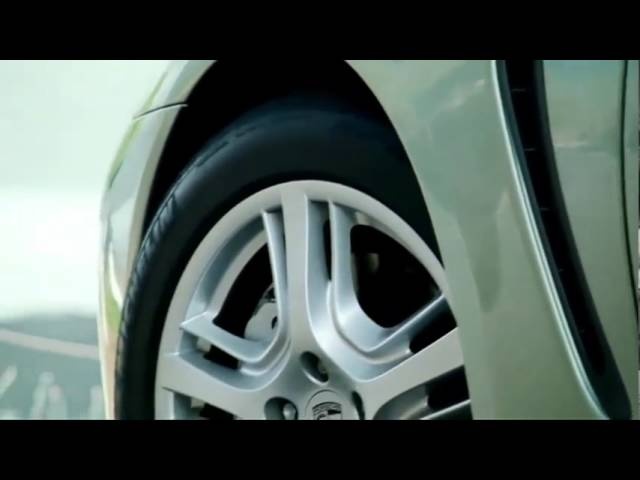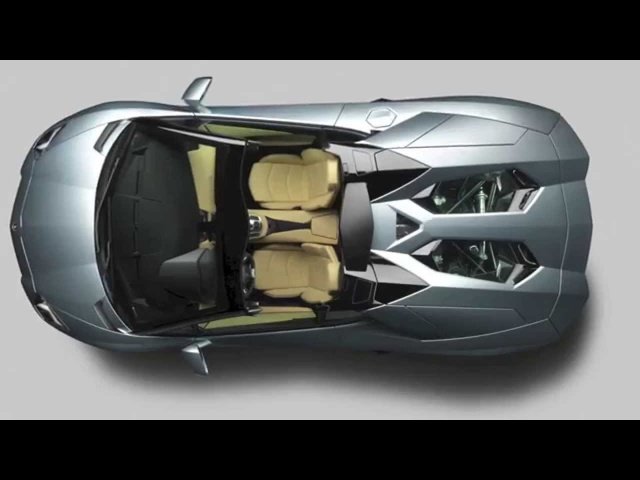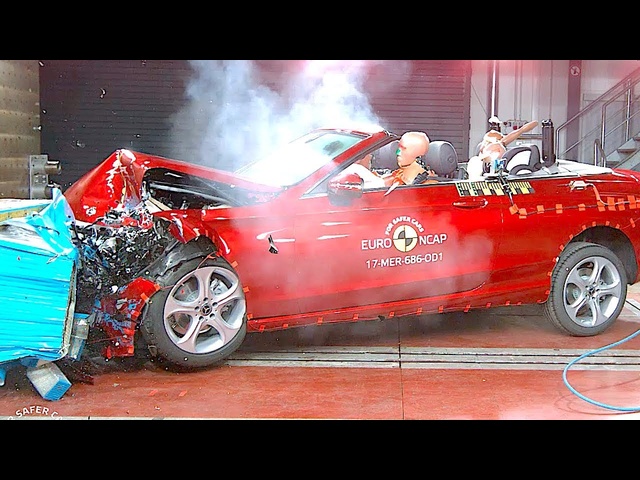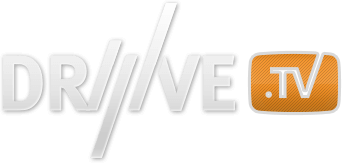Views: 2779
2013 New Porsche 911 RSR Epic First Commercial 991 911 Carbon Fiber Carjam TV HD Car TV Show
CARJAM TV - Subscribe Here Now http://www.youtube.com/carjamradio
Like Us Now On Facebook: http://www.facebook.com/CarjamTV
For The World's Best Car Videos
Website: http://www.carjam.tv
Twitter: http://www.twitter.com/carjamtv
Youtube: http://www.youtube.com/user/CarjamRadio
The completely-redeveloped fifth generation of the 911 GT3 occupies the top position among Porsche sports cars with naturally-aspirated engines. Following the total production of 14,145 GT3 cars since 1999, the fifth generation of the 911 GT3 is a new car from the ground up.[35]
The powertrain of the new 911 GT3 comprises a 3.8-litre flat engine developing 475 hp (350 kW) at 8,250 rpm, a Porsche Doppelkupplung (PDK) double-clutch gearbox, and high-traction rear-wheel drive. The six-cylinder engine is based on that fitted in the 911 Carrera S, but shares only a few common parts. All other components, particularly the crankshaft and valve train, were specially adapted or developed for the GT3.[36] For example, Porsche is once again using titanium connecting rods attached to forged pistons. These basic modifications set the stage for an extreme high-revolution engine capable of reaching up to 9,000 rpm. The dual-clutch gearbox is another feature specially developed for the GT3, with characteristics inspired by the sequential gearboxes used in motor racing, thus granting the driver further benefits when it comes to performance and dynamics.[37]
Even faster lap times: 991 GT3 with new rear-wheel steering.
The new 911 GT3 once again sets fresh record performance values. At full acceleration from a standstill, 0-100 kilometres per hour (62 mph) is passed after just 3.5 seconds, and 124 mph in less than 12 seconds. The top speed of 195 mph is reached in seventh (and thus top gear) of the PDK transmission. The lap time on the Nürburgring-Nordschleife is even more impressive: the new 911 GT3 completed this track, commonly regarded as the most difficult in the world, in less than 7:30 minutes. While every Porsche is proven around the Nürburgring, this credential is particularly relevant for the new model as around 80 per cent of 911 GT3 customers also drive their cars on race tracks.
The Porsche 991 is the internal designation for the seventh generation Porsche 911 which was unveiled at the 2011 Frankfurt Motor Show on 15 September as the replacement for the 997. An initial release of photos and information was revealed by Porsche on 23 August 2011.[1]
The current direct injection 3.8-litre flat-six engine from the Carrera S remains, with power increasing to 400 PS (294 kW; 395 hp). The Carrera engine is a 3.4-litre, producing 350 PS (257 kW; 345 hp). The car features an optional stop/start system and also electro-mechanical power steering, which has a reported loss of steering wheel feedback to the driver.[2] The car also features a new seven-speed manual gearbox, a first for a production car, along with an improved seven-speed PDK dual clutch transmission.
In 2004, Sports Car International named the 911 number three on the list of Top Sports Cars of the 1960s, the Carrera RS number seven on the list of Top Sports Cars of the 1970s, and the 911 Carrera number seven on the list of Top Sports Cars of the 1980s. In addition, the 911 was voted Number 2 on Automobile Magazine's list of the "100 Coolest Cars". The 997 was nominated for the World Car of the Year award for 2005.
In January 2013, Porsche introduced the all-wheel-drive variants of the Carrera models. The '4' and '4S' models are distinguishable by wider tires, marginally wider rear body-work and a red-reflector strip that sits in between the tail-lights. In terms of technology, the new 4 and 4S models are equipped with an all-new all-wheel-drive system that sends power to the front wheels only when there is a need for it, giving the driver a sense of piloting a rear-wheel-drive 911 when the conditions are perfect while sending power and torque to the front wheels only when the road and weather conditions are not ideal.
Like Us Now On Facebook: http://www.facebook.com/CarjamTV
For The World's Best Car Videos
Website: http://www.carjam.tv
Twitter: http://www.twitter.com/carjamtv
Youtube: http://www.youtube.com/user/CarjamRadio
The completely-redeveloped fifth generation of the 911 GT3 occupies the top position among Porsche sports cars with naturally-aspirated engines. Following the total production of 14,145 GT3 cars since 1999, the fifth generation of the 911 GT3 is a new car from the ground up.[35]
The powertrain of the new 911 GT3 comprises a 3.8-litre flat engine developing 475 hp (350 kW) at 8,250 rpm, a Porsche Doppelkupplung (PDK) double-clutch gearbox, and high-traction rear-wheel drive. The six-cylinder engine is based on that fitted in the 911 Carrera S, but shares only a few common parts. All other components, particularly the crankshaft and valve train, were specially adapted or developed for the GT3.[36] For example, Porsche is once again using titanium connecting rods attached to forged pistons. These basic modifications set the stage for an extreme high-revolution engine capable of reaching up to 9,000 rpm. The dual-clutch gearbox is another feature specially developed for the GT3, with characteristics inspired by the sequential gearboxes used in motor racing, thus granting the driver further benefits when it comes to performance and dynamics.[37]
Even faster lap times: 991 GT3 with new rear-wheel steering.
The new 911 GT3 once again sets fresh record performance values. At full acceleration from a standstill, 0-100 kilometres per hour (62 mph) is passed after just 3.5 seconds, and 124 mph in less than 12 seconds. The top speed of 195 mph is reached in seventh (and thus top gear) of the PDK transmission. The lap time on the Nürburgring-Nordschleife is even more impressive: the new 911 GT3 completed this track, commonly regarded as the most difficult in the world, in less than 7:30 minutes. While every Porsche is proven around the Nürburgring, this credential is particularly relevant for the new model as around 80 per cent of 911 GT3 customers also drive their cars on race tracks.
The Porsche 991 is the internal designation for the seventh generation Porsche 911 which was unveiled at the 2011 Frankfurt Motor Show on 15 September as the replacement for the 997. An initial release of photos and information was revealed by Porsche on 23 August 2011.[1]
The current direct injection 3.8-litre flat-six engine from the Carrera S remains, with power increasing to 400 PS (294 kW; 395 hp). The Carrera engine is a 3.4-litre, producing 350 PS (257 kW; 345 hp). The car features an optional stop/start system and also electro-mechanical power steering, which has a reported loss of steering wheel feedback to the driver.[2] The car also features a new seven-speed manual gearbox, a first for a production car, along with an improved seven-speed PDK dual clutch transmission.
In 2004, Sports Car International named the 911 number three on the list of Top Sports Cars of the 1960s, the Carrera RS number seven on the list of Top Sports Cars of the 1970s, and the 911 Carrera number seven on the list of Top Sports Cars of the 1980s. In addition, the 911 was voted Number 2 on Automobile Magazine's list of the "100 Coolest Cars". The 997 was nominated for the World Car of the Year award for 2005.
In January 2013, Porsche introduced the all-wheel-drive variants of the Carrera models. The '4' and '4S' models are distinguishable by wider tires, marginally wider rear body-work and a red-reflector strip that sits in between the tail-lights. In terms of technology, the new 4 and 4S models are equipped with an all-new all-wheel-drive system that sends power to the front wheels only when there is a need for it, giving the driver a sense of piloting a rear-wheel-drive 911 when the conditions are perfect while sending power and torque to the front wheels only when the road and weather conditions are not ideal.
Make: Porsche
More by CARJAM TV
-
 Carjam: New Panamera S Hybrid Detail Geneva Motor ...
Carjam: New Panamera S Hybrid Detail Geneva Motor ...
 Views: 865
Views: 865 -
 Lamborghini Aventador Roadster HD IN Detail + ...
Lamborghini Aventador Roadster HD IN Detail + ...
 Lamborghini
Views: 8694
Lamborghini
Views: 8694 -
 Fascinating + Scary Mercedes Cabriolet Crash Test ...
Fascinating + Scary Mercedes Cabriolet Crash Test ...
 Mercedes
Views: 11272
Mercedes
Views: 11272 -
 Porsche Lucasfilm Design New Star Wars TIE ...
Porsche Lucasfilm Design New Star Wars TIE ...
 Porsche
Views: 11051
Porsche
Views: 11051





